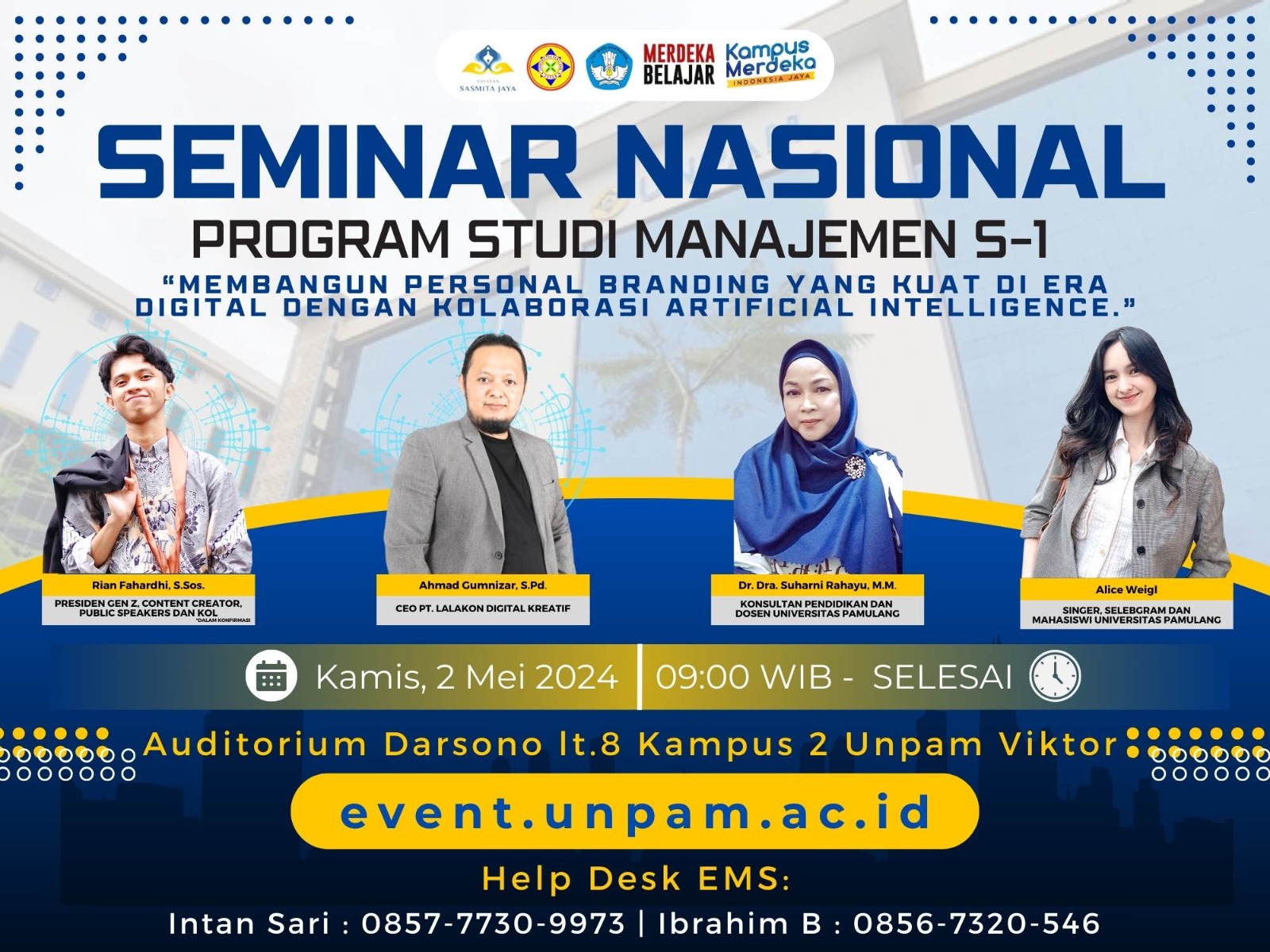Strategi Pemasaran dan Inovasi dalam Pengembangan Usaha Teh Solo
Keywords:
Teh Solo, Strategi Pemasaran, Inovasi, Pengembangan Usaha, Pasar Teh, Perilaku Konsumen, Pemasaran Tradisional dan Digital, Segmentasi PasarAbstract
Teh Solo telah menjadi bagian tak terpisahkan dari kekayaan budaya Indonesia, tidak hanya sebagai minuman yang menyegarkan, tetapi juga sebagai cerminan nilai-nilai tradisi dan keberlanjutan. Meskipun telah memperoleh tempat istimewa di hati masyarakat lokal, tantangan nyata muncul dalam memperluas jangkauan pasar, baik di dalam negeri maupun internasional. Oleh karena itu, artikel ini menyajikan sebuah kajian literatur tentang strategi pemasaran dan inovasi dalam pengembangan usaha Teh Solo. Dengan menganalisis pasar teh dan perilaku konsumen, strategi pemasaran tradisional dan digital, inovasi produk, pengembangan kemasan, aspek keberlanjutan, teknologi dalam pemasaran dan produksi, persaingan, serta tren konsumen masa depan, artikel ini menguraikan pendekatan holistik untuk menghadapi tantangan dan memanfaatkan peluang pertumbuhan. Metode penelitian yang diajukan mencakup kombinasi antara pendekatan kualitatif dan kuantitatif, analisis SWOT, studi kasus, survei konsumen, analisis data sekunder, analisis teknologi, analisis keberlanjutan, dan analisis persaingan. Hasil dan pembahasan menyoroti langkah-langkah kunci seperti analisis pasar, segmentasi dan penargetan, pemosisian merek, strategi pemasaran terpadu, penggunaan teknologi, pengembangan hubungan pelanggan, serta evaluasi kinerja. Dengan memperhatikan aspek-aspek tersebut, artikel ini menegaskan bahwa integrasi strategi pemasaran yang efektif dan inovasi yang berkelanjutan akan menjadi kunci untuk mengangkat Teh Solo sebagai warisan berharga yang terus berkembang, menjadikannya bangga bagi bangsa Indonesia.
References
Aaker, D. A. (2010). Strategic Market Management. John Wiley & Sons.
Barney, J. (1991). Firm resources and sustained competitive advantage. Journal of Management, 17(1), 99-120.
Belz, F., & Peattie, S. (2012). Sustainability Marketing: A Global Perspective. John Wiley & Sons.
Brassington, F., & Pettitt, S. (2006). Principles of Marketing (4th ed.). Pearson Education.
Bryman, A. (2016). Social Research Methods. Oxford University Press.
Christmann, P. (2000). Effects of “best practices” of environmental management on cost advantage: The role of complementary assets. Academy of Management Journal, 43(4), 663-680.
Churchill, G. A., & Iacobucci, D. (2018). Marketing Research: Methodological Foundations. Cengage Learning.
Creswell, J. W., & Creswell, J. D. (2017). Research Design: Qualitative, Quantitative, and Mixed Methods Approaches. Sage Publications.
Eisenhardt, K. M. (1989). Building theories from case study research. Academy of Management Review, 14(4), 532-550.
Elkington, J. (1998). Partnerships from cannibals with forks: The triple bottom line of 21st‐century business. Environmental Quality Management, 8(1), 37-51.
Flick, U. (2018). Designing Qualitative Research (2nd ed.). Sage Publications.
Fosso Wamba, S., Gunasekaran, A., Akter, S., Ren, S. J. F., & Dubey, R. (2018). Big data analytics and firm performance: Effects of dynamic capabilities. Journal of Business Research, 70, 356-365.
Ghauri, P., & Grønhaug, K. (2010). Research Methods in Business Studies: A Practical Guide. Pearson Education.
Gómez Suárez, M., & Picón Junquera, M. (2016). The influence of social media on consumer behavior: An empirical study on factors influencing consumer purchase intention in China under the social media context. Journal of Promotion Management, 22(5), 637-661.
Hair, J. F., Wolfinbarger, M., Money, A. H., & Samouel, P. (2019). Essentials of Business Research Methods. Routledge.
Helms, M. M., & Nixon, J. (2010). Exploring SWOT analysis – where are we now? A review of academic research from the last decade. Journal of Strategy and Management, 3(3), 215-251
Helsen, K., & Jedidi, K. (2016). Identifying key drivers of customer satisfaction and repurchase intentions: An application of the partial least squares approach in a non-contractual setting. International Journal of Research in Marketing, 33(2), 307-326.
Hill, T., & Westbrook, R. (1997). SWOT analysis: It's time for a product recall. Long Range Planning, 30(1), 46-52.
Keller, K. L., & Kotler, P. (2016). Marketing Management (15th Global ed.). Pearson Education Limited.
Kotler, P., & Armstrong, G. (2018). Principles of Marketing (17th Global ed.). Pearson Education Limited.
Kotler, P., Keller, K. L., Koshy, A., & Jha, M. (2017). Marketing Management: A South Asian Perspective. Pearson Education India.
Laudon, K. C., & Laudon, J. P. (2016). Management Information Systems: Managing the Digital Firm. Pearson Education.
Malhotra, N. K. (2017). Marketing Research: An Applied Orientation (7th ed.). Pearson Education.
Malhotra, N. K., & Birks, D. F. (2006). Marketing Research: An Applied Approach. Pearson Education.
Melewar, T. C., & Karaosmanoglu, E. (2006). Seven dimensions of corporate identity: A categorisation from the practitioners' perspectives. European Journal of Marketing, 40(7/8), 846-869.
Nielsen, J. (2018). Global Sustainability Report. Nielsen
Porter, M. E. (2008). Competitive Strategy: Techniques for Analyzing Industries and Competitors. Simon and Schuster.
Saunders, M. N. K., Lewis, P., & Thornhill, A. (2019). Research Methods for Business Students (8th ed.). Pearson Education Limited.
Saunders, M., Lewis, P., & Thornhill, A. (2019). Research Methods for Business Students. Pearson Education Limited.
Schaltegger, S., & Wagner, M. (2006). Managing sustainability performance measurement and management control. International Journal of Accounting, Auditing and Performance Evaluation, 3(1), 1-19.
Schultz, D. E., & Schultz, H. F. (2016). IMC: The Next Generation: Five Steps for Delivering Value and Measuring Returns Using Marketing Communication. McGraw-Hill Education
Shao, A. T., & Shen, W. (2019). Developing and validating a sustainability assessment framework for supply chain management. Journal of Cleaner Production, 241, 118377.
Smith, A. N., Fischer, E., & Yongjian, C. (2012). How does brand-related user-generated content differ across YouTube, Facebook, and Twitter? Journal of Interactive Marketing, 26(2), 102-113.
Trott, P. (2017). Innovation Management and New Product Development. Pearson Education Limited. Journal of Food Science and Technology
Turban, E., Leidner, D., McLean, E., & Wetherbe, J. (2015). Information Technology for Management: Advancing Sustainable, Profitable Business Growth. John Wiley & Sons.
Van der Lans, I. A., Van Ittersum, K., & De Cicco, A. (2001). The role of attention in consumer information processing. International Journal of Research in Marketing, 18(2), 129-150.
Yin, R. K. (2017). Case Study Research and Applications: Design and Methods. Sage Publications.
Downloads
Published
How to Cite
Issue
Section
License

This work is licensed under a Creative Commons Attribution-NonCommercial-ShareAlike 4.0 International License.











